This blog post will guide you through testing your system to ensure everything is fully operational before you head out on your next camping adventure. Let's dive into how you can check your battery, fridge, solar panel, and other components to make sure you're all set for your camping trip.
1. Battery Check-Up
First things first, inspect your battery connections. Ensure they are clean and tight, as this is crucial for proper operation. The most critical step is to check the battery voltage, which you can do with a multimeter or an inbuilt voltage meter if your battery pack has one. A fully charged AGM battery should show around 12.8 volts with no load. If it's lower, charge it up and verify it holds the charge overnight. Maintaining it at 12.8 volts is indicative of a battery in good health.
2. Ensuring Appliance Functionality
Before you set off, test all devices that will run off your battery, including checking their operation on 240-volt mains if applicable. Simple plug-in tests for your fridge on both 240 volts and DC from the battery can save you from unexpected issues. Similarly, a quick check on your LED lighting or any other appliances ensures everything functions as expected.
3. Solar Panel Verification
Your solar panel is your lifeline in the bush, so confirming its performance before departure is essential. Using a digital watt meter makes this easy by showing the solar panel's output when connected to your battery pack. It should display the current being generated, the voltage, and the wattage, helping you ensure the panel is ready to sustain your battery throughout your trip.
4. DC DC Charger and Alternator Checks
For those charging from the vehicle, verifying your DC DC charger or isolator's functionality is key. Start your vehicle and check the battery voltage; it should read around 14.3 volts or slightly higher if the battery is fully charged, indicating your system is charging efficiently.
5. AC Mains Powered Battery Charger
Lastly, test your mains powered battery charger, especially if you plan to use a generator as your charging source. Charge a battery overnight to ensure the charger progresses through all its stages correctly and enters float mode, indicated by a voltage around 13.6 volts.
6. System Simulation
After checking individual components, simulate your entire setup by connecting everything as you would in the field. Run your fridge off the battery, hook up the solar panel, and observe. This practice run ensures your system operates seamlessly, guaranteeing a hassle-free experience during your actual camping trip.

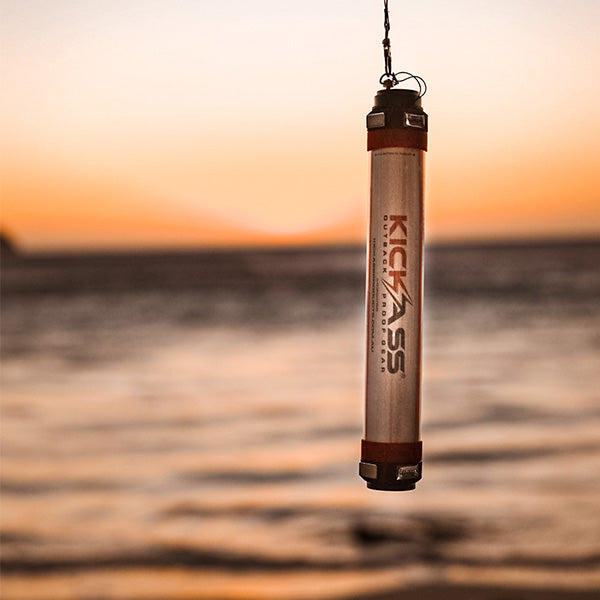
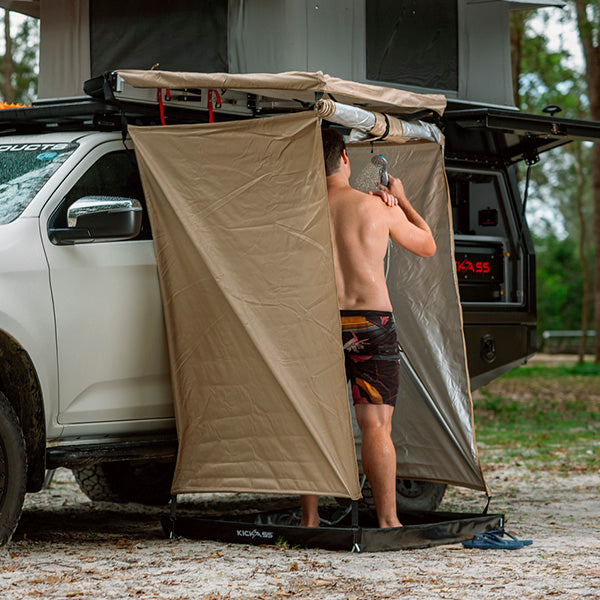
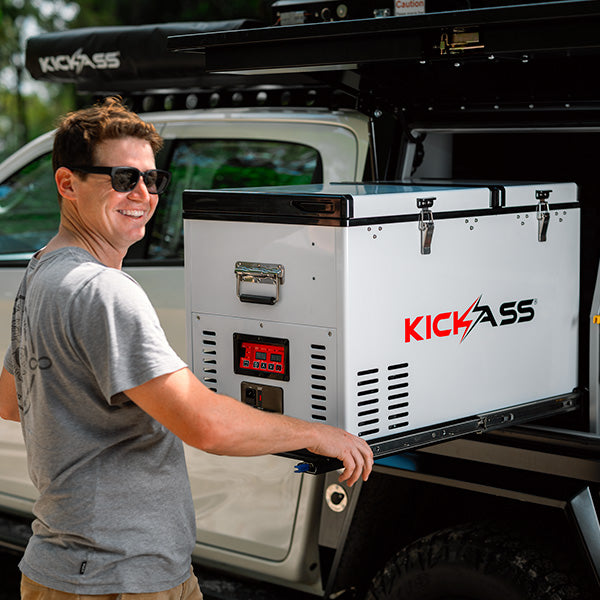
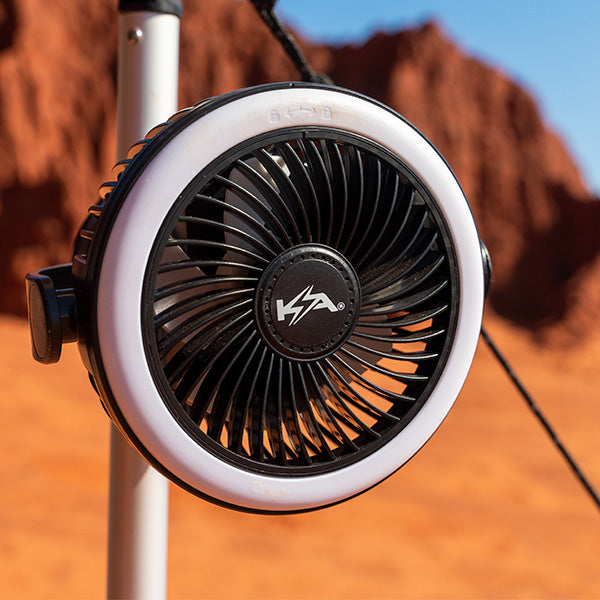
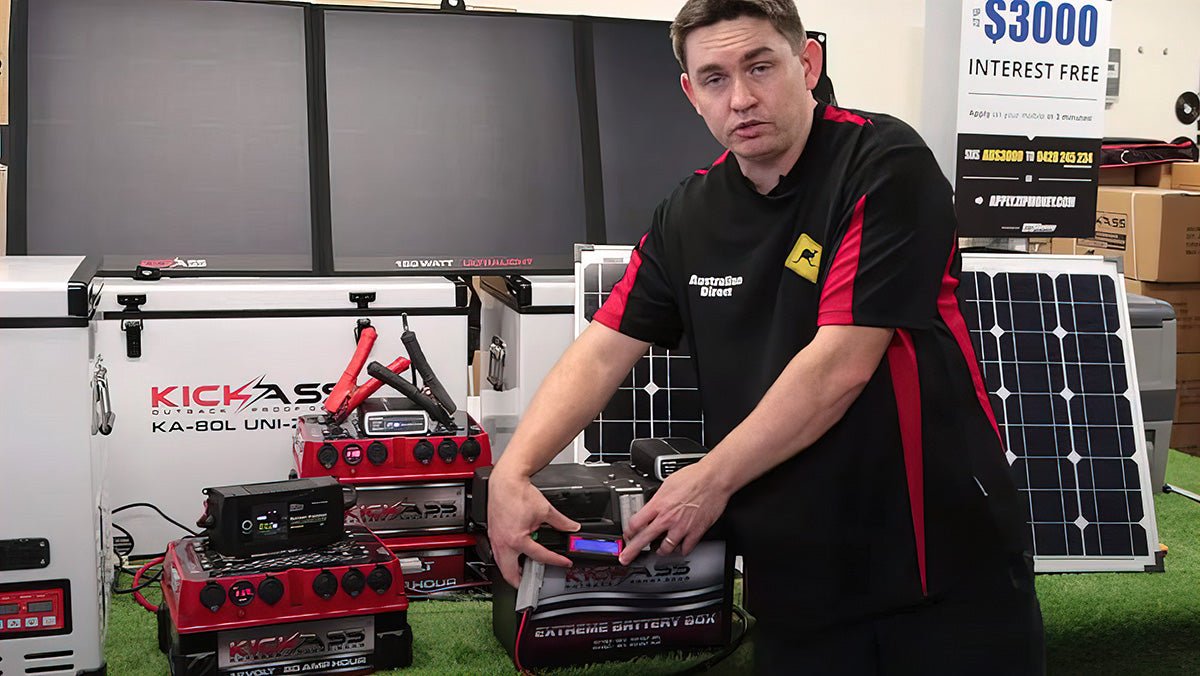
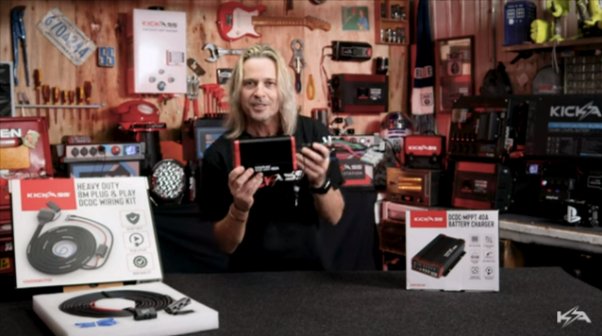
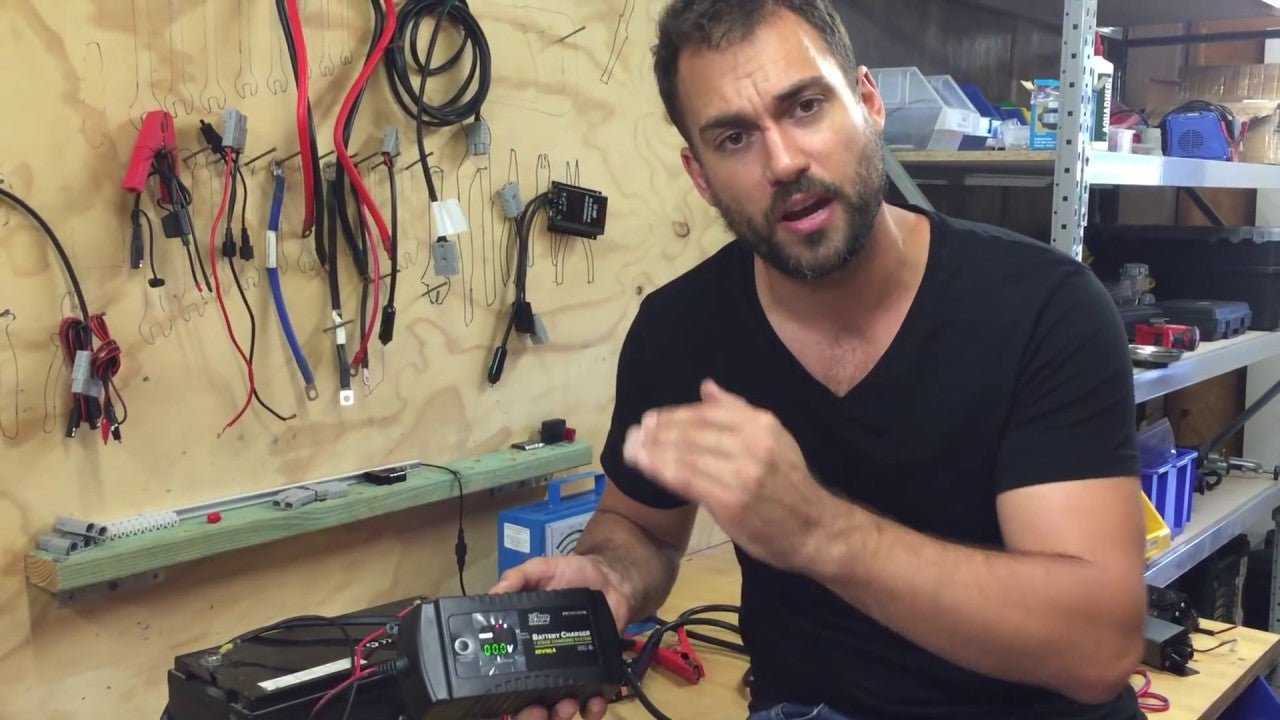
Leave a comment
All comments are moderated before being published.
This site is protected by reCAPTCHA and the Google Privacy Policy and Terms of Service apply.